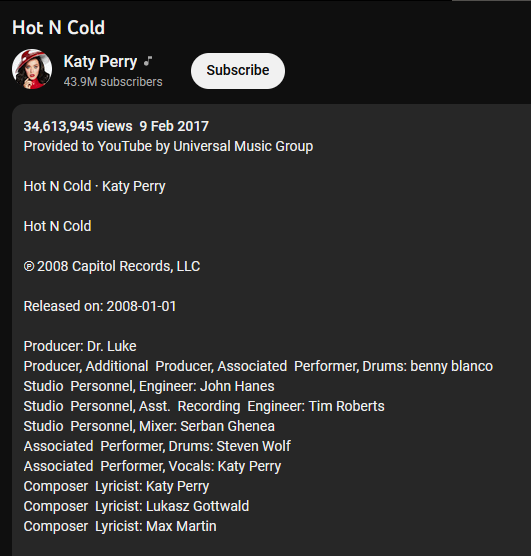Oh yeah that’s an interesting one, and in some cases a bit of a grey area (and also a cool idea, I hope it works out well for you!).
I think your situation is simpler, but I’ll first go over the potential pitfalls and complications:
For example, this is an official vocal synth version of a song by Tacitly, made by KIRA. Notably, the vocal synth version is not available for sale or on streaming platforms like Spotify (perhaps because of this grey area issue).
This song uses Hatsune Miku and GUMI (Vocaloid products) as the main vocals, however people familiar with vocal synths noticed they sounded an awful lot like Tsurumaki Maki and Stardust Infinity (SynthV voice databases) in certain places.
So while I can’t say this for certain, it seems like a similar technique was used (perhaps using Zynaptiq Morph 2 or similar) to combine the two vocals, with the goal of maintaining the qualities of the Vocaloid synths with the added realism of SynthV.
It’s possible if this song were to be sold commercially they would have to specify Maki and Stardust as supporting vocals or similar in the metadata/description, but it’s a new enough technique that we don’t really have precident for it (and it’s also important to note this is combining two competing products).
(edit: one thing I initially neglected to mention is that Maki and Stardust do not have the same license terms as the first-party Dreamtonics ones, so their requirements may vary somewhat, but the original statement remains true if we were to apply the situation to the Dreamtonics products)
As for your situation with Solaria and Asterian, I think you have a few options:
- Credit both equally
- Don’t credit either
- Credit the one it sounds more like as the vocalist, and the other as backing/supporting vocals
- Reach out to Eclipsed Sounds for clarity ( [email protected])
You can also see Eclipsed Sounds’ statement on the use of their products as the input to voice changer models such as the Vocaloid6 Vocalochanger (keep in mind that statements by Eclipsed Sounds to not affect terms for voice databases other than Solaria, Asterian, and potential future products by them specifically):
This part is especially relevant:
While it is not required if using the full version of the voice database, we would greatly appreciate if users who utilize exported audio for this purpose would also credit our voice databases for the initial rendition in order to acknowledge our team’s hard work on our vocals.



